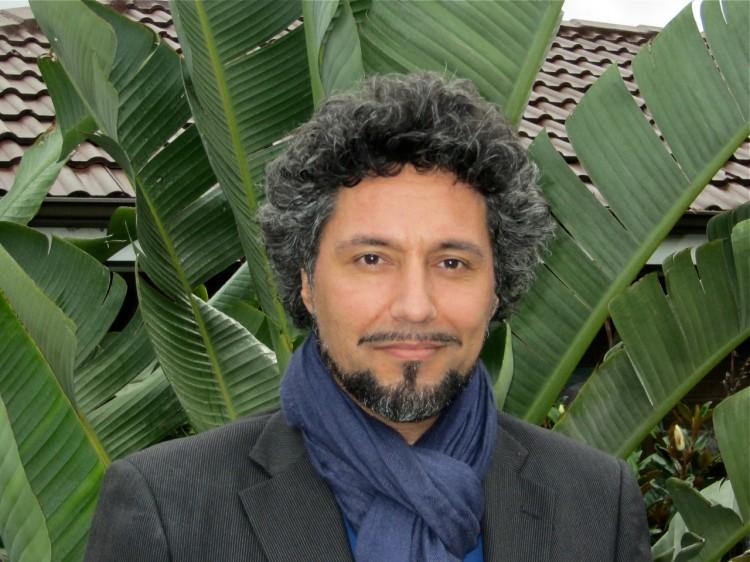Tutankhamun’s Last Trip: You Will Be Changed
The Melbourne museum has just opened the Tutankhamun and the Golden Age of the Pharaohs exhibition with over 100,000 tickets sold.
The golden mask of Tjuya (Tutankhamun's great-grandmother). Kati Turcu/The Epoch Times
|Updated:


